Heating and cooling is estimated to be around 40% of our energy bills. At around $2,000 per year for the average energy bills, that’s $800 per year for just heating and cooling. We examined our gas usage and calculated the cost of heating our home was $720 for the last 12 months using our gas ducted heater. This accounts for 60% of our yearly gas usage, and 32% of our yearly energy expense.
This article looks at the common types of heaters we find in our homes. We look at central heating options, as well as different types of space heaters.
The Quick Take:
- The starting point for heating should be draught proofing. Whether your heater is electric or gas, conserving the heat it produces is key.
- The “old” method to heat homes was to heat the whole home through central heating, even rooms that weren’t being used.
- The “new” method is to focus on heating the key rooms in the house, and having options for other rooms when they are used.
- Most houses already have an electric heater – a reverse cycle air conditioner (aka “split system”, aka “heat pump”). The easiest and cheapest electric alternative is to use the air conditioner on heating mode
- A well built insulated house with a strong thermal envelope does not require a great deal of heating
- Split systems are the most efficient heating method with the added benefit of cooling.
While the purpose of this article is optimised for dollar savings, switching from gas heating is often the best place to start for those looking to optimise carbon savings. Please note, this article does not consider fireplaces, which we consider separately.
Central Heating vs Space Heating
The old method of central heating, when gas was cheap, was to heat the whole house. Ducts were run to every room and while they could be closed, they were really designed to heat each room whether people were using them or not. As energy efficiency started to become a concern, people started to close off rooms that weren’t being used. This goes against the design of central heating which is to blow hot air around the whole house and have it return to a central “return” which then feeds back to the heater. If we keep blowing air into a house, some of it needs to be sucked out to maintain balance.
Space heating on the other hand is concerned with heating the space or spaces being used. Most commonly this is the kitchen and living room. We install separate heaters in separate rooms and turn them on if the room is being used. A strong thermal envelope will ensure a house retains heat, so it’s not arctic even when the heater has not been.
With the exception of Option 3 below, the first step to removing central heating is changing this idea that we need to heat the whole house, including the rooms that are not being used. If we focus on the key rooms, we have much greater flexibility in choosing our heating. Crucially this comes at lower cost, both in terms of upfront expense and ongoing running costs.
Central Heating
Gas Ducted Heating
Gas ducted heating is the most common type of heating in Australian homes, especially in the southern states. Ducted heating involves producing heat and connecting it to rooms around the house via ducts, either through the floor or ceiling.
Gas heaters experience around 50% heat loss in operation through ducts, flue/exhaust and other means.
New gas ducted heating units cost upwards of $3,000 for the unit and installation (assuming ducts are already installed). Of course, the cost of running gas units is only increasing.
Most Powrhouse customers are interested in switching from gas ducted heating. We discuss alternatives below but also in a separate article.
Reverse Cycle Ducted Heating and Cooling
Reverse cycle ducted heating and cooling uses heat pump technology to produce heating and cooling. It is then pumped around the house via ducts. Heat pump technology is significantly more efficient and cheaper to run than gas alternatives. The Climate Council estimates that the average Victorian home will save around $500 per year switching from gas heating to electric reverse cycle air conditioning.
Reverse cycle ducted heating and cooling is reasonably efficient. It benefits from the efficiency gains of heat pump technology, and no flue is required unlike gas equivalents. However, anytime heat is created in one spot and transferred to another will incur loss.
The bad news is it’s not as simple as taking out a gas unit and replacing it with a reverse cycle unit. Unfortunately, the ducts used for gas ducted heating are not suitable for reverse cycle ducted heating, so the whole system and network needs to be replaced. This is an expensive exercise (upwards of $12,000). The good news is going through this exercise will also result in air conditioning for the whole house.
Units are easy to service – they simply require vacuuming and washing filters once or twice per year.
Hydronic Heating
Hydronic heating involves pumping hot water around a house to panels (“radiators”) that then radiate heat around a room. Hydronic heat is a wonderful type of heat that avoids the drowsy fan propelled heat of other heaters. The water is heated in “boilers” which can be either gas or electrically (heat pump) powered.
Gas powered boilers are significantly cheaper than electric boilers. We see estimates of around $15,000 to $20,000 to switch from a gas boiler to premium electric boilers.
Whereas a gas ducted heating system might be replaced by space heaters, including split systems, it’s unlikely homeowners that have paid for hydronic heating will want to give up the cost of the panels. There really is only one alternative – which is an electric powered boiler. We therefore suggest gas boilers are replaced as they near the end of life.
Electric heat pumps can be used for both hot water use and hot water in hydronic heating. We can install one unit to power both, although for now suppliers suggest it is better to have two separate units.
There is a myth that the water heated in electric boilers isn’t hot enough for hydronic heating. We understand this to be a legacy issue of earlier models. Modern heat pump boilers do not have this issue.
Space Heating
Space Heaters can be portable or installed and are separate, individual units. They are controlled on the device or remotely with a smart switch. They are designed to heat a specific area. Below we discuss some common gas space heaters as well as electric alternatives.
Split Systems/Heat Pumps
The king of the space heater is the split system, also known as a heat pump or reverse cycle heater or air conditioner.
While the split system might appear to be a humble, simple device, it is one of our greatest weapons against climate change. The reason is due to physics. While every other heating option incurs loss, waste and inefficiency, the split system is 300% to 400% efficient. That means it can take one unit of heat and amplify it 4 to 5 times. In other words, if the world were to magically immediately change to heat pump heating technology, it would take around 10% of the energy to run. That’s an incredible saving.
Split systems are designed to heat a single, enclosed space, like a bedroom or living room. They work best in an enclosed space so the air they emit returns back to the unit. In a small space like a bedroom, they are generally only on for a few minutes and then you can hear them turn down.
The drawbacks of splits systems are:
- They work best in an enclosed space – they might not work with open plan living or multiple units will be required
- Traditionally they aren’t the most attractive units (but more attractive options are available, more below)
- Will likely need multiple units around the house
- Need space for the outside unit
One option with split systems is to close off key living spaces. For example, as part of our Powrhouse Plan, we consider installing a door between our living room and hallways to enclose the living space.
Split systems cost around $1,500 to $2,000 for good quality, medium to large sized units. We then allow the best part of another $1,000 for installation. Split systems can be multi-head units, where one outdoor unit connects and powers two indoor units. Multi-head units are cheaper per unit and are most effective for heaters in adjoining rooms.
A common objection to split systems is their look. The good news is more attractive units are available to the common wall-mounted unit. The Daikin Nexura looks more like a hydronic heating panel. Both the Nexura and the Mitsubishi Console can be used to replace fireplaces and existing heating units.

Other Space Heaters
Other space heaters have different ways of operating but are similar in look and functionality. They can be standalone units or installed into a wall cavity. They can be cheap or expensive, but if they are cheap to install they are generally expensive to run. Of course gas powered space heaters are inefficient, unsafe and will only become more expensive to run.
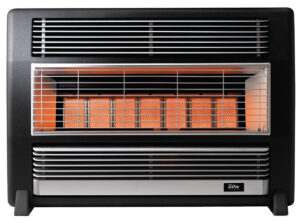
Whether we choose a split system or portable heating unit will depend on how often we intend to use it. Split systems should be the go-to option where the unit will be used frequently and you plan on staying in the house for a long time. Portable units should be considered where there isn’t enough space for a split system and the unit will only be used infrequently (for example, to take the chill off the air before going to bed).
Portable units should not be discounted. Replacing a gas ducted heating system with a reverse cycle heating system might cost upwards of $15,000. A few portable units at $500 each (and of course, no installation cost) is an attractive alternative, even if the unit might not be as efficient.
Canstar Blue has a helpful article on the types of portable electric heaters. The article discusses oil-column heaters, panel heaters, radiant heaters, fan heaters and ceramic heaters. We suggest Powrhouse customers steer towards panel heaters, which although a little more expensive than the others, they are slim, lightweight, produce a consistent heat and are relatively efficient compared to other portable electric options.
Wall Gas Heaters
A quick word on wall gas heaters – these are truly terrible and should be replaced as soon as possible. They aren’t overly effective, horribly inefficient and the heat they produce makes you drowsy (or maybe it’s the gas!). It’s only a matter of time before they become unsafe and we suggest they be replaced immediately.
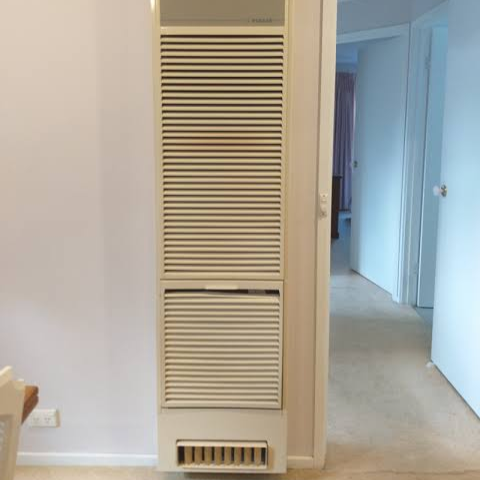
Bathroom Heating
There doesn’t appear to be an agreed solution for bathroom heating. We’ve personally tried a number of 3-in-1 units, with various success. We have an IXL 2 globe 3 in 1 unit in one of our bathrooms and it’s quite effective. Some Powrhouse customers have tried other units which are useless. We’ve heard good reviews about the Manrose units.
One of the easy wins for the bathroom is installing a sealed fan in your ceiling. Bathroom extraction fans need to be self-sealing, otherwise you effectively have a huge hole in your ceiling. The Draftstoppa is a great solution – it opens when the fan is on and automatically closes when the fan is off. We love a clever, simple solution!
Safety
We need to remember that gas heaters are dangerous. Carbon monoxide poisoning still kills people and causes hospitalisation.
It’s easy to say “oh that’s only for the old people who use the old heaters”, but the Victorian Department of Health states all people are at risk: “All people and pets exposed to carbon monoxide can experience carbon monoxide poisoning.” According to the Australian Institute of Health and Welfare, 230 people in 2021 – 2022 were hospitalised due to carbon monoxide poisoning around Australia (not all due to heating). We had our previous gas heating unit regularly checked, only to discover that it was leaking. The unit was installed inside. We had been doing the right thing and had it checked 2 years prior with no issues, so who knows how long it had been leaking.
The message is simple: gas does not belong in the home.
If you are on the fence about switching to an electric alternative, we suggest you give strong consideration to the safety aspect. While it’s not reflected in the costs and the savings, it’s priceless.
Summary
There are many variables that go into electric heating options. Households that have the budget, have already installed solar, plan to live in the house for a little while or have a relatively old gas heating unit should switch now. The savings and health benefits are clear.
Households that don’t have the budget, haven’t installed solar and have a relatively new gas heating unit, may decide to switch to electric heating down the track.
Feel free to speak to the Powrhouse team – we’d be delighted to help you assess your options as well as provide a quote for split systems or ducted reverse cycle air conditioning.
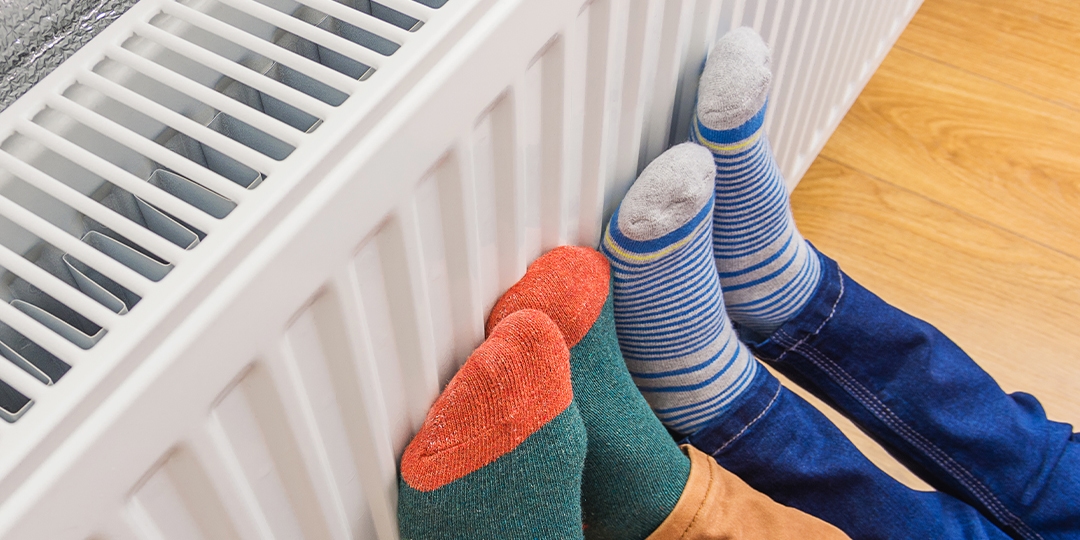
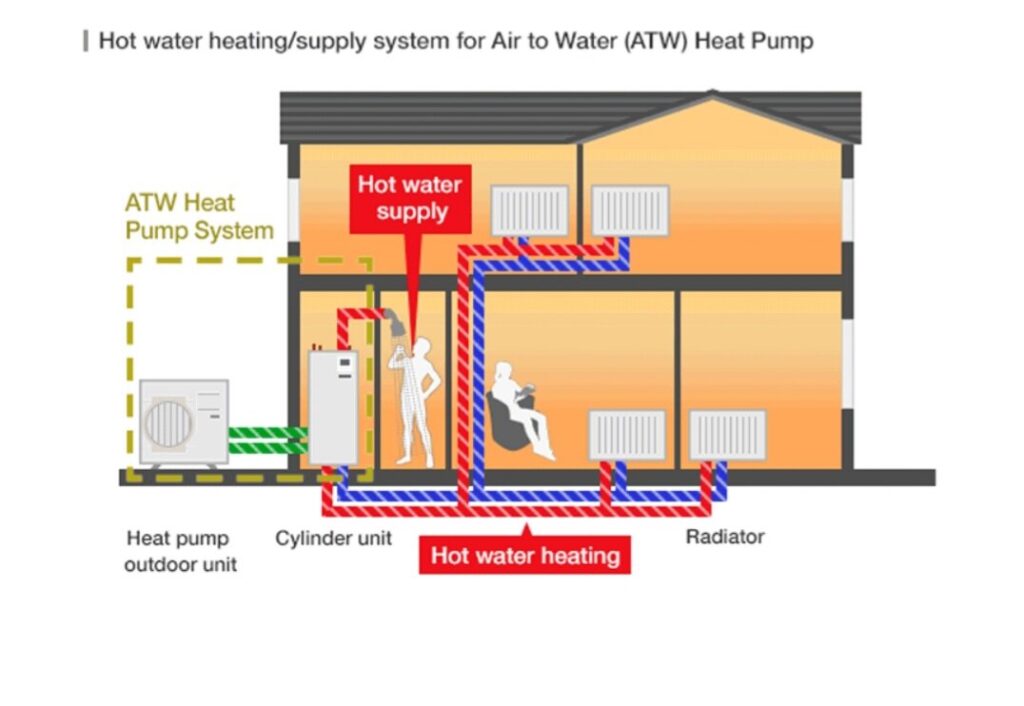
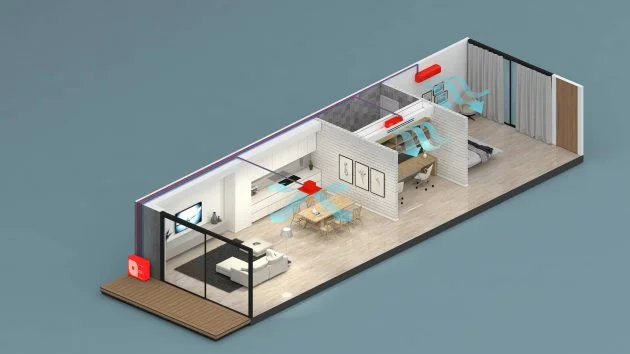
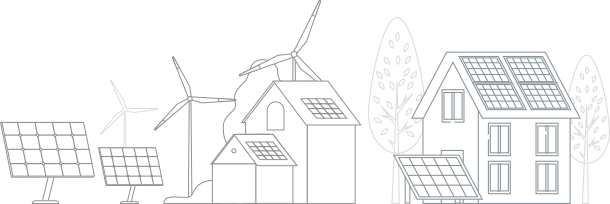
 Subscribe to Our
Subscribe to Our